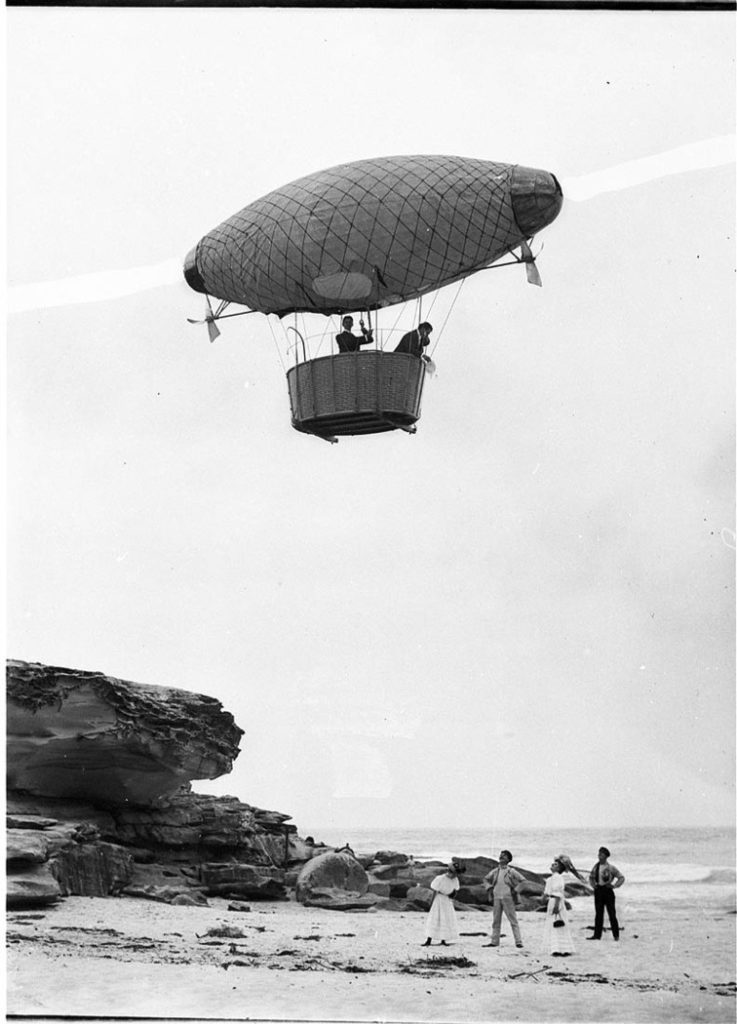Fiasco at Chowder Bay — III
N. R. Gordon was behind the Chowder Bay flying machine, but who was N. R. Gordon? His full name was Newton Roberts Gordon, and he emigrated from Britain in 1882.1 Although he described himself on a 1900 patent application as an ‘engineer’, and worked at one point as a mining engineer, it’s not clear if […]







